Speak Like a Local Taiwanese by Using this List of Must-Know Taiwanese Mandarin Vocabulary
Taiwan’s official language is Mandarin Chinese. However, if you’ve ever learnt Mandarin Chinese outside of Taiwan, it won’t take you long to notice the differences in Mandarin in Taiwan vs. Mainland China.

Some differences are only in the accent and pronunciation, and some differences lie in vocabulary use.
Some are pretty insignificant but others will make you sound pretty darn weird in Taiwan.
I’ve been in Taiwan for a few months now and these are the main words I’ve come across that differ from Chinese in Taiwan and Chinese in Mainland China.
The following list of vocab is not only useful for making you sound like a local, but also useful to help you understand new words and phrases you might come across.
Note: When referring to Mainland Mandarin in this article, we use simplified characters. When referring to Taiwanese Mandarin, we use traditional characters.
Taiwanese Vocabulary || Bicycle 自行车 vs. 腳踏車
Taiwanese Vocabulary || Greetings 早上好/晚上好 vs. 早安/晚安
Taiwanese Vocabulary || Taxi Drivers 司機 vs. 师傅
Taiwanese Vocabulary || Cheese 奶酪 vs. 起司
Taiwanese Vocabulary || Video 视频 vs. 影片
Taiwanese Vocabulary || Potato 土豆 vs. 馬鈴薯
Taiwanese Vocabulary || Tomato 西红柿 vs. 番茄
Taiwanese Vocabulary || Taxi 出租车 vs. 計程車
Taiwanese Vocabulary || Dumplings 饺子 vs. 水餃
Taiwanese Vocabulary || Takeaway 带走/这边吃 vs. 外帶/內用
Taiwanese Vocabulary || Very 特 vs. 超
Taiwanese Vocabulary || Venti 特大杯 vs. 超大杯
Taiwanese Vocabulary || Weekdays 星期 vs. 禮拜
Taiwanese Vocabulary || No Problem 不客气 vs. 不會
Japanese in Taiwanese Mandarin
BONUS Taiwanese Vocabulary || 操 vs. 幹 (swear words!)
Taiwanese Mandarin vs. Chinese Mandarin || Vocabulary Table
Taiwanese Mandarin vs. Chinese Mandarin || FAQs
Taiwanese Vocabulary || Bicycle 腳踏車 vs. 自行车
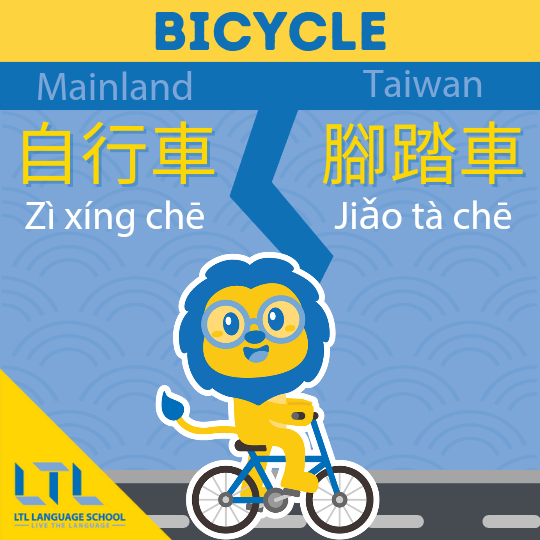
This one gets pride of place because the first thing you need to sort out in Taiwan is getting a bicycle.
This proved difficult for me when I was searching on Google for a shop selling 自行车 (zì xíng chē).
This is Mandarin Chinese for ‘bicycle’ and is used commonly in Mainland China. It translates to ‘self-go car’.
In Taiwan, you won’t find any self-go cars as you have to pedal cars to get yourself a bike!
腳踏車 (jiǎo tà chē) translates to ‘pedal car’ and is the Taiwanese Mandarin word for ‘bicycle’.
| English | Mainland Chinese Mandarin | Taiwanese Mandarin |
| Bicycle | 自行车 zì xíng chē | 腳踏車 jiǎo tà chē |
Taiwanese Vocabulary || 早上好/晚上好 vs. 早安/晚安
Next up, one that I’d gotten so used to in Taiwan, I almost forgot about it!
EVERYONE (at least, in my experience) in Taiwan says 早安 (zǎo ān) or 晚安 (wǎn ān) for good morning or good evening/good night.
But it never occurred to me my replying with 早上好 (zǎo shang hǎo) or 晚上好 (wǎn shàng hǎo) would single my Mandarin Chinese out as very mainland oriented.
The textbook ‘good morning’ and ‘good evening’ 早上好 / 晚上好 you’ll learn are not used very commonly in Taiwan.
Instead, use 早安 or 晚安.
| English | Mainland Chinese Mandarin | Taiwanese Mandarin |
| Greetings |
晚上好
wǎn shàng hǎo 早上好 zǎo shang hǎo |
晚安
wǎn ān 早安 zǎo ān |

16 Chinese Loanwords // Borrowed Words in English and Chinese
An introduction to Chinese loanwords in English and English Loanwords in Chinese. Since China began opening up, there are more & more!
Taiwanese Vocabulary || 师傅 vs. 司機
Oh the mistakes I made when I first arrived…
Apparently this is one of the main words that sets you apart from local Taiwanese and makes you sound a lot like a mainland Chinese person.
In Taiwan, no one is really called 師傅 (shī fù). This is a word that’s translated as ‘master’ but really in Mainland China many people in charge who you are being polite to can be called shī fù.
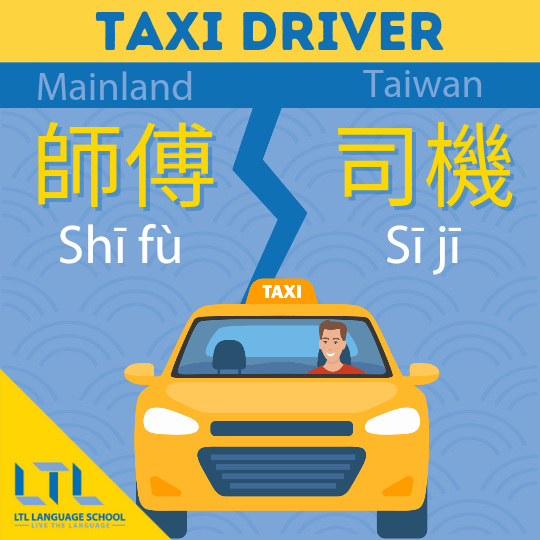
In Taiwan, however, this word really is reserved for ‘masters’, i.e. in a martial arts context.
One of the main situations you’ll be using the word 師傅 in mainland China is getting a taxi.
The taxi driver is called 师傅 and this is the polite way to refer to them.
👉 In Taiwan, get in a taxi and call the taxi driver 司機 (sī jī) which translates to ‘driver’, or else you’re going to sound pretty weird.
| English | Mainland Chinese Mandarin | Taiwanese Mandarin |
| Driver | 师傅 shī fù | 司機 sī jī |
Taiwanese Vocabulary || 奶酪 vs. 起司
“But I thought you spoke Chinese so well, Zoe?!” Exclaimed my Taiwanese friend when I asked them what ‘起司’ was on the menu.
Annoyed at their reaction and thinking it must be some complex word, I looked it up on Pleco.
Thinking it was something to do with sushi (壽司) I was shocked to find out that it meant cheese.
Such a simple word! I could understand his shocked reaction. But why didn’t I know this word before?
Pleco informs me it’s a Taiwanese mandarin word. Makes sense.
If you’re having trouble with Mandarin menus, don’t forget to check out our guide on How to Read Chinese Menus
This obviously comes from the English ‘Cheese’ as it is pronounced qǐ sī. In mainland China, however, you’ll only find 奶酪 (nǎi lào).
My friend told me that 奶酪 is reserved for more specific up-market and soft cheeses, whilst 起司 is just your basic cheese you’ll find in your morning 蛋餅 (dàn bǐng) pancake.
| English | Mainland Chinese Mandarin | Taiwanese Mandarin |
| Cheese | 奶酪 nǎi lào | 起司 qǐ sī |
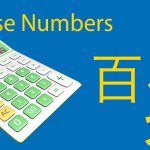
Chinese Numbers | The Ultimate Guide (PLUS Free Quiz Inside)
The Most Comprehensive Online Guide for Counting in Chinese & Talking About Numbers Chinese Numbers are one of the first things you’ll study when learning Chinese. So, we’ve prepared this ultimate guide to Mandarin Chinese numbers which covers numbers in…
Taiwanese Vocabulary || 视频 vs. 影片
Considering the amount of times my Taiwanese friend has been annoyed with me saying the word 视频 (shì pín), this one had to go in here near the top.
Taiwanese people do not use the mandarin word 視頻 to mean ‘video’.
Instead, they use 影片 (yǐng piàn).
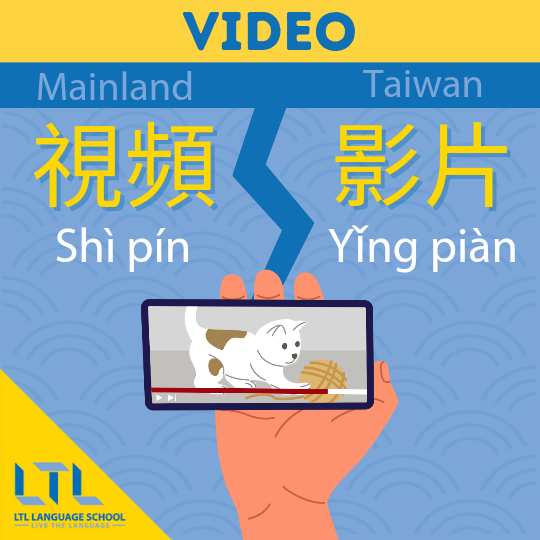
| English | Mainland Chinese Mandarin | Taiwanese Mandarin |
| Video | 视频 shì pín | 影片 yǐng piàn |
Taiwanese Vocabulary || 土豆 vs. 馬鈴薯
Potato fan? You won’t find any 土豆 (tǔ dòu) in Taiwan. Instead, you’ll find 馬鈴薯 (mǎ líng shǔ).
In fact, if you ask for 土豆 you might end up getting peanuts, since the word for peanuts in Taiwan is both 花生 (huā shēng) and 土豆.
Peanut allergy sufferers, watch out for this one!
| English | Mainland Chinese Mandarin | Taiwanese Mandarin |
| Potato | 土豆 tǔ dòu | 馬鈴薯 mǎ líng shǔ |
Taiwanese Vocabulary || 番茄 vs. 西红柿
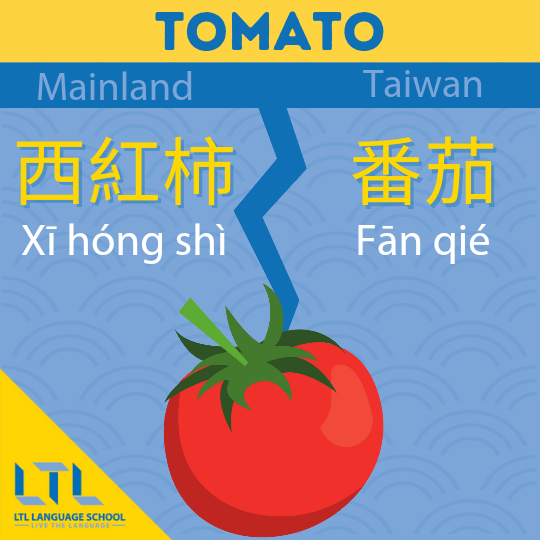
Time for another popular ingredient!
Tomatoes in Mainland China are called 西红柿 (xī hóng shì). However, in Taiwan they’re called 番茄 (fān qié).
In mainland China you might have heard the phrase 番茄酱 (fān qié jiàng).
This means ketchup and is used both in mainland China and Taiwan.
Despite having common ground over ketchup, the most commonly used words for ‘tomato’ remain pretty different.
| English | Mainland Chinese Mandarin | Taiwanese Mandarin |
| Tomato | 西红柿 xī hóng shì | 番茄 fān qié |
Taiwanese Vocabulary || 出租车 vs. 計程車
For people who have learned Mainland-style Chinese, adapting to all the different transportation words can be quite the challenge upon arriving in Taiwan, ‘taxi’ included!
出租车 (chū zū chē) in Mainland China is the common word for taxi, whilst in Taiwan you’ll often hear 計程車 (jì chéng chē).
On another note, 打车 (dǎ chē) or 打滴滴 (dǎ dī dī) is used a lot in Mainland China to mean take a taxi.
You won’t hear either of these phrases in Taiwan. If you say 打車 people will likely get confused with 搭車 which means to go by bus or car – explicitly *not* a taxi.
Since Taiwan uses Uber and not Didi like in mainland China, you won’t hear 打滴滴 either.
| English | Mainland Chinese Mandarin | Taiwanese Mandarin |
| Taxi | [speeak 出租车] chū zū chē | [speeak 計程車] jì chéng chē |

Chinese Words | The BEST Way to Cram New Words in Chinese
There is a genius way to learn Chinese words that you may not realise. Our Instagram followers love it and we want to share it with you on our blog too.
Taiwanese Vocabulary || 饺子 vs. 水餃
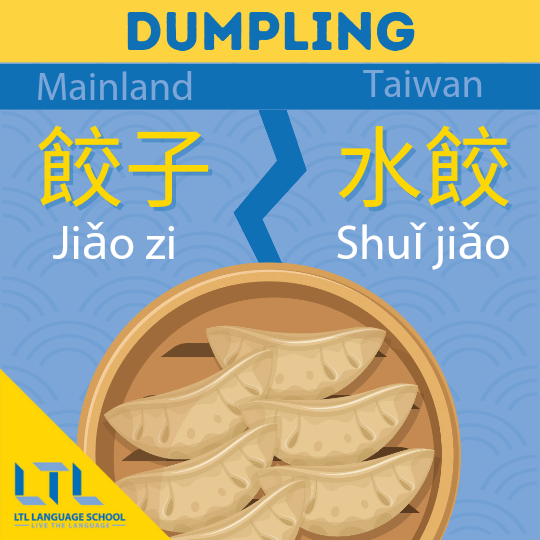
My absolute favourite Chinese food is dumplings 饺子 (jiǎo zi).
Can you imagine my horror when I looked on Google maps and found so few places around me selling 饺子?!
I was confused, distressed, and disappointed.
So many good foods around… So few dumplings…
That’s until I realised my mistake.
In Mainland China, dumplings are called 饺子. 饺子 can then be separated into two kinds; the boiled 水饺 (shuǐ jiǎo) and the fried 煎饺 (jiān jiǎo).
In most places selling dumplings in Mainland China, you’ll be given an option between boiled and fried when you order.
How well do YOU know your different types of dumplings? Check out our ultimate guide to these must-eat treats 🥟
In Taiwan, however, you’ll rarely find a fried dumpling.
In fact, I’ve only ever seen fried dumplings sold in Japanese places and as ‘gyoza’.
Pretty much the same thing and using the same characters as 餃子, gyoza is the Japanese word which interestingly only points to fried dumplings, despite the characters themselves simply meaning ‘dumpling. Anyway...
Taiwan has boiled dumplings almost exclusively. So if you’re looking for dumplings, search with 水餃 and not 餃子!
| English | Mainland Chinese Mandarin | Taiwanese Mandarin |
| Dumplings | [speeak 饺子] jiǎo zi | [speeak 水餃] shuǐ jiǎo |
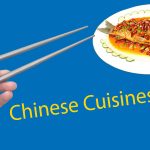
Chinese Food Culture // The 8 Great Chinese Cuisines
Chinese cuisines have typically been divided into ‘Eight Great Cuisines’ as a means of simplifying this vast and complex tradition.
Taiwanese Vocabulary || 外帶/內用 vs. 带走/这边吃
OK I am such a fan of the Taiwanese use on this one.
It’s one of the first ones that caught me off guard when I was buying my coffee (the next one to follow).
In mainland China, when you order food, you’ll be asked if you want to take it out or eat in. You might use the expression 带走 (dài zǒu), which literally means ‘take away’, and the expression 这边吃 (zhè biān chī) which literally means ‘eat here’.
In Taiwan, however, you can use the expressions 外帶 (wài dài), literally meaning ‘outside take’, for takeaway, and 內用 (nèi yòng), literally meaning ‘use inside’, for eating in.
| English | Mainland Chinese Mandarin | Taiwanese Mandarin |
| Takeaway |
带走
dài zǒu 这边吃 zhè biān chī |
外帶
wài dài 內用 nèi yòng |
Taiwanese Vocabulary || 超 vs. 特别
This one is really important for the next one. And one you’ll find out almost instantly when spending any time in Taiwan or talking to Taiwanese people.
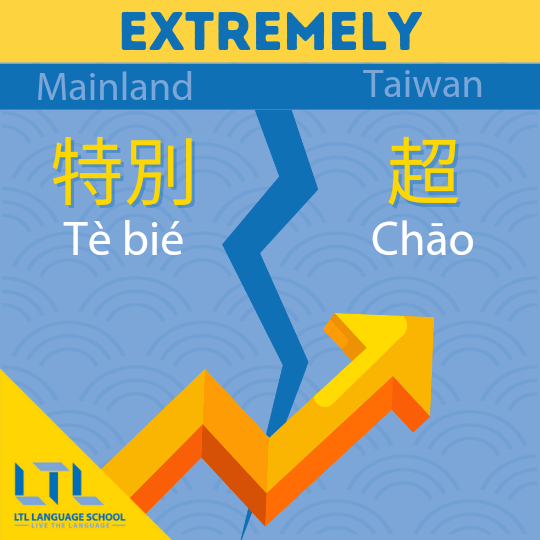
Taiwanese LOVE to use the word 超 (chāo) meaning ‘extremely’, whilst mainland Chinese people prefer to use 特別 (tèbié).
For example, ‘these dumplings are so yummy!’
這些餃子超好吃
這些餃子特別好吃
👉 Using 超 will definitely make you sound much more Taiwanese from the get-go.
| English | Mainland Chinese Mandarin | Taiwanese Mandarin |
| Very | 特别 tèbié | 超 chāo |
Taiwanese Vocabulary || 特大杯 vs. 超大杯
Back to the restaurant and coffee theme, this one confused me instantly.
As we have just learnt, Taiwanese much prefer to use 超 over 特別. So why when I got my venti coffee in Starbucks did I see a sign saying ‘ te da bei 特大杯’?
In mainland China, asking for a venti in Starbucks you’ll use the phrase 超大杯 (chāo dà bēi). In Taiwan, however, 特大杯 (tè dà bēi).
This seems odd considering the two preferences we noted above.
And asking a Taiwanese friend, they also thought it was odd.
But I have no answers. Maybe I’ll have to write to Starbucks and find out why…
| English | Mainland Chinese Mandarin | Taiwanese Mandarin |
| Venti (Starbucks) | 超大杯 chāo dà bēi | 特大杯 tè dà bēi |
Calling all caffeine addicts: here’s your need-to-know guide for Ordering Coffee in Chinese ☕️
Taiwanese Vocabulary || 禮拜 vs. 星期
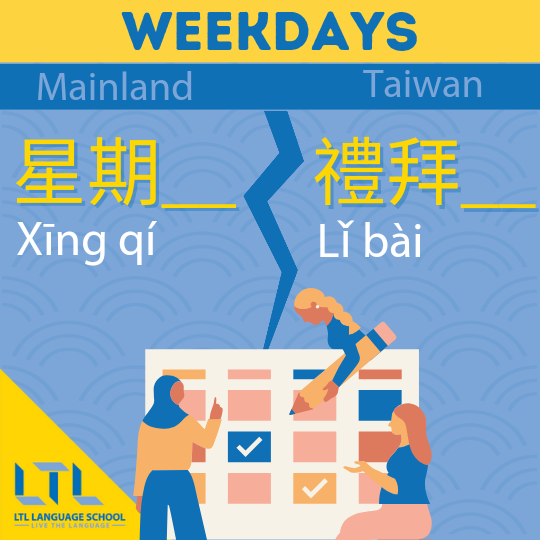
A classic and one you might already know.
There is a difference in how Taiwanese and mainland Chinese refer to the days of the week.
It’s a pretty simple changing of 星期 (xīng qī) to 禮拜 (lǐ bài).
For example:
- 星期日 (Sunday) becomes 禮拜日
- 星期一 (Monday) becomes 禮拜一
- 星期二 (Tuesday) becomes 禮拜二
- and so on…
| English | Mainland Chinese Mandarin | Taiwanese Mandarin |
| Weekdays | 星期 xīng qī | 禮拜 lǐ bài |
Taiwanese Vocabulary || 不會 vs. 不客气
This one you’ll almost certainly hear and use daily.
Want to say ‘no problem’ or ‘you’re welcome’ in Taiwan?
Well, don’t be saying 不客氣 (bù kè qì). Nope, it’s bu hui 不會 (bù huì) in Taiwan!

| English | Mainland Chinese Mandarin | Taiwanese Mandarin |
| No Problem | 不客气 bù kè qì | 不會 bù huì |
Taiwanese Vocabulary || 信息 vs. 訊息
Want to send someone a message in Taiwan?
Remember you’ll be sending them a 訊息 (xùn xí) not 信息 (xìn xī) like in mainland China.
When I first heard this I thought it was a difference in pronunciation. After all, it is only a difference in one vowel. Later on, however, I realised they’re two entirely different characters.
Who knew!
| English | Mainland Chinese Mandarin | Taiwanese Mandarin |
| Message | 信息 xùn xí | 訊息 xìn xī |
Taiwanese Hokkien Words
You wouldn’t be speaking like a local Taiwanese if you weren’t mixing in some local Taiwanese Hokkien words into your vocabulary too!
Let’s get you started on some.
Paiseh 歹勢 || Excuse me.
This is a word you’ll hear the most in Taiwan of Taiwanese Hokkien. It’s like saying 不好意思 (bù hǎo yì si). You use it when you bump into someone or when you want to say sorry.
Li ho 你好; Hello
Translates to 你好 (nǐ hǎo).
To sia 多謝; Thank you
Translates to 謝謝, 多謝.
Gua ga li kong 我共你講; Let me tell you…
I hear this ALL the time when I’m listening to Taiwanese people speak.
It translates to ‘let me tell you’ but it’s more of a conversation piece and joins up different things. The Chinese would be 我跟你說 (wǒ gēn nǐ shuō).
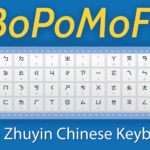
Bopomofo 🤔 What Is It & How Do I Use It
Pinyin is used throughout mainland China, Hong Kong, and Macau. But have you ever heard of Zhuyin input or bopomofo? We reveal all in this pocket guide.
Taiwanese Written Mandarin
Bopomofo Letters
Whilst you might not want to learn Taiwan’s Bopomofo, you may want to at least give it a look over and be able to recognise some of the characters that you’re actually likely to see quite often.
Especially if you have Taiwanese friends or are part of any group chats with Taiwanese people!

Bopomofo 🤔 What Is It & How Do I Use It
Pinyin is used throughout mainland China, Hong Kong, and Macau. But have you ever heard of Zhuyin input or bopomofo? We reveal all in this pocket guide.
Bopomofo is Taiwan’s writing system. Instead of Pinyin, they use the phonetic concept of Zhuyin.
You see this most often with le 了 at the end of sentences. This usually indicates past tense in Chinese and le 了 is generally always a grammatical marker of some sort.
But when typing in Bopomofo, for all the extra effort it takes to hit the keyboard to change the Bopomofo character to a Chinese character, some people find it too much and will just hit that send button. What you’ll end up with is something that looks like this:
咖啡沒有ㄌ.
Meaning ‘There is no more coffee’, this is certainly a sad predicament.
But did you notice the ending?
咖啡沒有ㄌshould be咖啡没有了
ㄌ in Bopomofo is the ‘l’ sound of ‘le’, or how you would type ‘了’. So, some people just send it without it changed into the 了 character.
Japanese Letters?!
Walking around Taiwan you may have seen the ubiquitous の.
What is this character and why is in shop names, on adverts, and in text messages?
This character is actually from the Japanese hiragana alphabet and has crept into the Taiwanese lexicon. Taiwan and Japan share a close relationship, at least culturally and historically.
So it’s probably for this reason that this character is found pretty regularly in Taiwan.
It shows possession and is equivalent to the Chinese 的.
It’s pronounced ‘no’ but it’s mainly used in writing. Although I have actually heard people actively say it too.
So, using the beef soup restaurant down my road as an example;
牛肉の場牛肉湯
牛肉的場牛肉湯
Funnily enough, if you use Bopomofo to type or also if you use a traditional keyboard to text on your phone, の will appear as an automatic character.
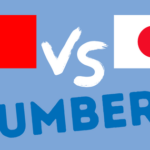
Chinese Vs Japanese // Counting and Numbers (What’s The Story?)
Are Chinese and Japanese Numbers the same? This article might surprise you. We focus on Chinese Numbers vs Japanese Numbers and debunk some myths.
Japanese in Taiwanese Mandarin
So this is a weird title of a chapter.
Basically, in Taiwan, you will hear Japanese being used as part of normal language in Taiwan.
This has happened to me a lot. I presume this happens to me because I speak pretty fluent mandarin and people just talk to me as they would other Taiwanese people, which is really nice.
But it’s pretty bizarre that they would presume a foreign British girl would understand these phrases. And it’s doubly bizarre that I actually do because I studied Japanese at university.
I can only presume that these Japanese phrases are used so naturally in their own lexicons that they don’t think twice before using them. Although it’s actively *not* Mandarin Chinese, it is certainly part of at least some people’s vocabulary. And most will understand you!
Here’s a couple of Japanese phrases for you that Taiwanese people have said to me:
- “Please wait a moment” ちょっと待ってね (chottomattene)
- “Wow, amazing!” すごいですね (sugoidesu ne)
- “Good Morning!” おはよう (ohayō)
Almost strangely, I haven’t heard anyone say Kawaii かわいい (cute) yet.
BONUS || Taiwanese (Sweary) Vocabulary 操 vs. 幹
We couldn’t do this list without adding this one. You will hear it all the time in Taiwan, so it’s very necessary.
But these are naughty words in Chinese. They translate to ‘f*ck’. So be careful how you’re using them and who you’re using them with…
操 (cāo) is used in Mainland China and I have never once heard it being used in Taiwan. There is a longer version that is even more expletive so we’re not going to put it here. But if you know, you know…
幹 (gàn) on the other hand, literally meaning ‘to do’ and also found in expressions such as 在幹嘛 (zài gàn ma), meaning what are you up to?
If you listen carefully in Taiwan, you can hear it multiple times in a day. It translates to ‘f*ck’ and replaces mainland China’s 操.
| English | Mainland Chinese Mandarin | Taiwanese Mandarin |
| Expletives | 操 cāo | 幹 gàn |
Taiwanese Mandarin vs. Chinese Mandarin || Vocabulary Table
| English | Mainland Chinese Mandarin | Taiwanese Mandarin |
| Bicycle | 自行车 zì xíng chē | 腳踏車 jiǎo tà chē |
| Greetings |
早上好
zǎo shàng hǎo 晚上好 wǎn shàng hǎo |
早安
zǎo ān 晚安 wǎn ān |
| Taxi Drivers | 师傅 shī fù | 司機 sī jī |
| Cheese | 奶酪 nǎi lào | 起司 qǐ sī |
| Video | 视频 shì pín | 影片 yǐng piàn |
| Potato | 土豆 tǔ dòu | 馬鈴薯 mǎ líng shǔ |
| Tomato | 西红柿 xī hóng shì | 番茄 fān qié |
| Taxi | 出租车 chū zū chē | 計程車 jì chéng chē |
| Dumplings | 饺子 jiǎo zi | 水餃 shuǐ jiǎo |
| Takeaway |
带走
dài zǒu 这边吃 zhè biān chī |
外帶
wài dài 內用 nèi yòng |
| Extremely | 特别 tèbié | 超 chāo |
| Venti | 超大杯 chāo dà bēi | 特大杯 tè dà bēi |
| Weekdays | 星期 xīng qī | 禮拜 lǐ bài |
| No Problem | 不客气 bù kè qì | 不會 bù huì |
| Message | 信息 xùn xí | 訊息 xìn xī |
Do you have anymore examples you wish to share? Leave us a comment below, we’d love to hear from you.
Taiwanese Chinese vs. Mainland Chinese Mandarin || FAQs
What do they speak in Taiwan?
They speak both Mandarin Chinese and 70% of the population also speaks Taiwanese Hokkien.
Both are official languages of Taiwan.
Is Taiwanese the same as Mandarin Chinese?
No.
Taiwanese is a different language (Taiwanese Hokkien).
Are the characters the same in Taiwan and Mainland China?
The same characters are used but the difference is that in Taiwan traditional characters are used, whilsy in Mainland China simplified characters are used.
There may also be some pronunciation differences between the two.
Is the Taiwanese Mandarin accent different?
Yes, the accent is often referred to as much softer in Taiwanese mandarin and the ‘shi’ and ‘si’ sounds can sometimes sound indistinguishable from one another!
Want more from LTL?
If you wish to hear more from LTL Language School why not join our mailing list.
We give plenty of handy information on learning Chinese, useful apps to learn the language and everything going on at our LTL schools!
Sign up below and become part of our ever growing community!
BONUS | Want to study the local Taiwanese dialect known as Hokkien? We provide Hokkien classes in person and online.


 Hi, my name is Greta. I am from Italy and I work as a student advisor at our Taipei school.
Hi, my name is Greta. I am from Italy and I work as a student advisor at our Taipei school. Hi, my name is Manuel! I am from Spain and I am a Student Advisor at LTL. I’m now based at our Seoul School after living 3 years in Taipei.
Hi, my name is Manuel! I am from Spain and I am a Student Advisor at LTL. I’m now based at our Seoul School after living 3 years in Taipei.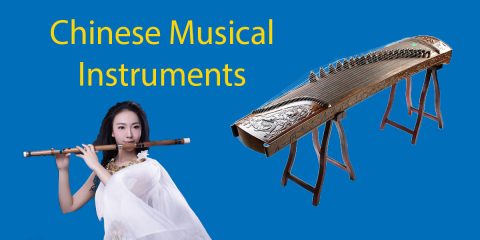
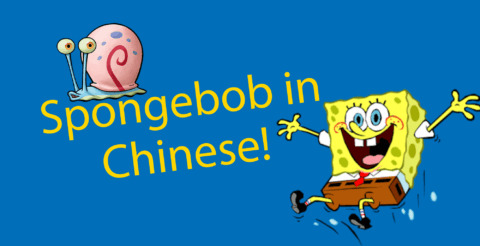
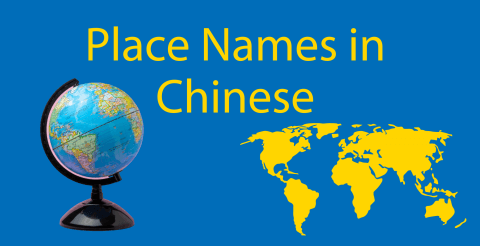


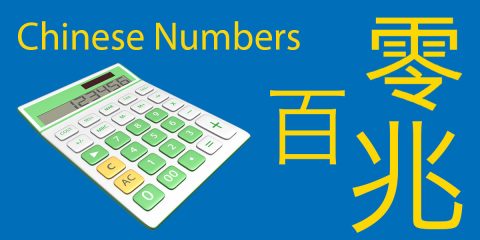
1 comments
[…] her efforts to closely emulate Taiwanese Mandarin speakers, she cultivated a technique called the “echo […]